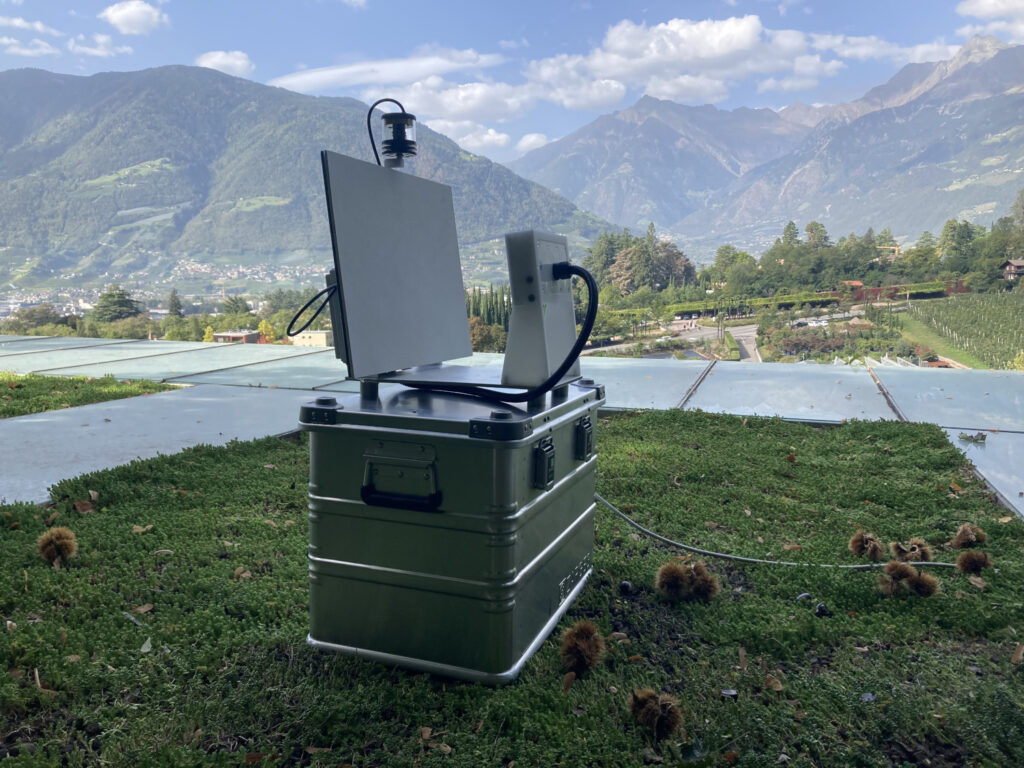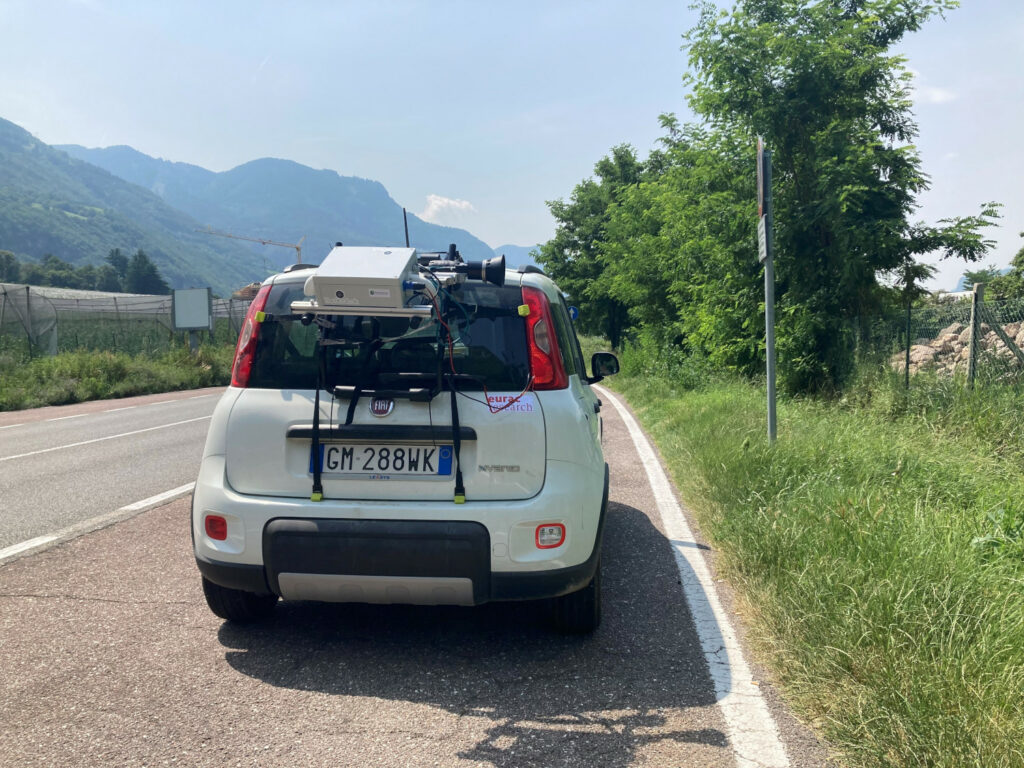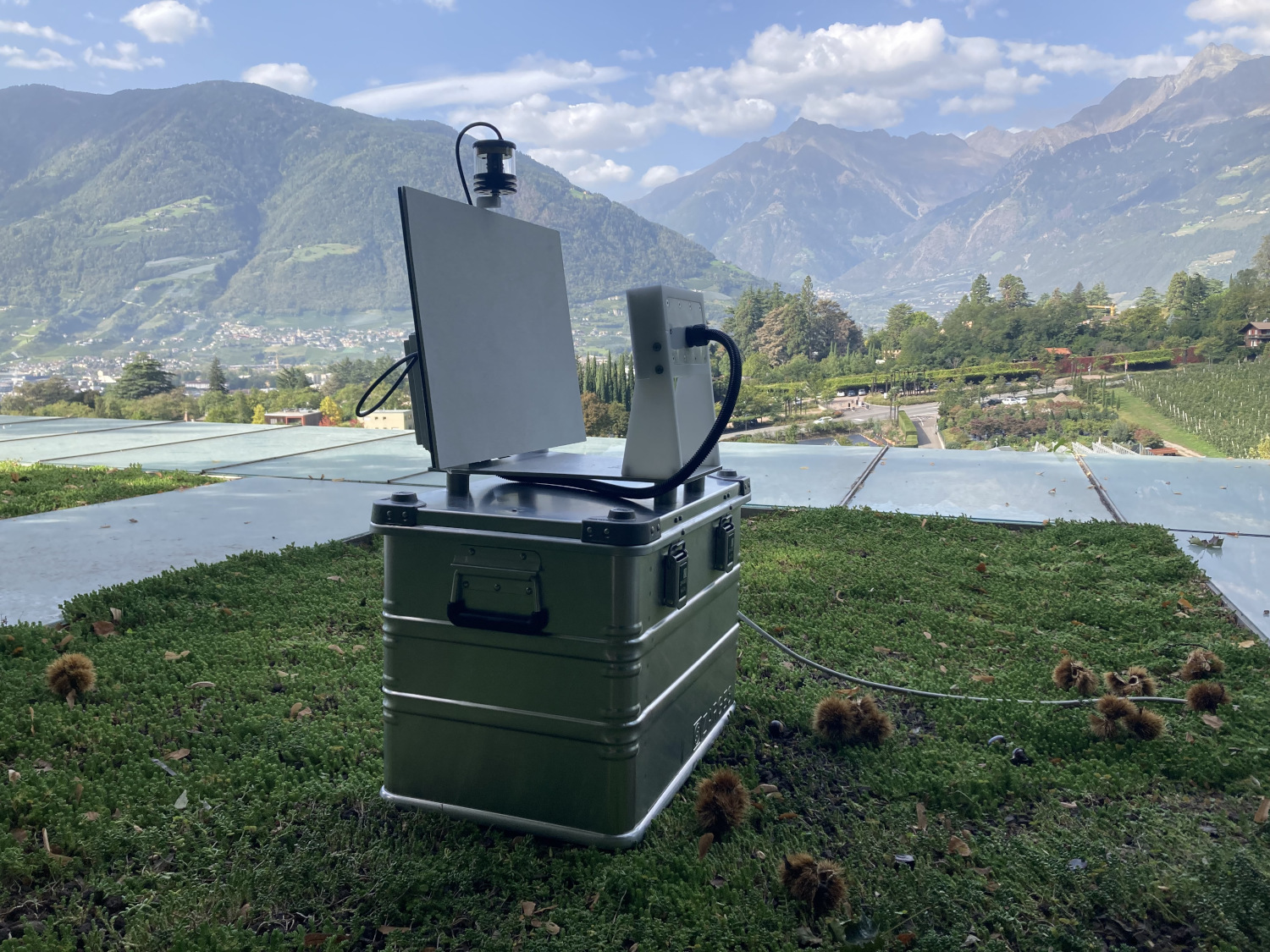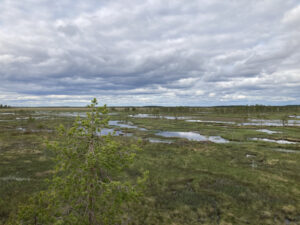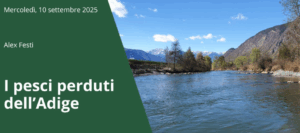Biodiversa+ is a partnership consisting of over 80 European and non-European partners. The common goal is to research biodiversity and lay the foundations for its conservation and promotion. A particular focus of the partnership is the harmonization of European standards in the field of biodiversity monitoring. To this end, a series of pilot studies has been launched within the partnership, testing partly innovative methods for biodiversity surveys in various partner countries.
The IAS (Invasive Alien Species) and ABMS (Automated Biodiversity Monitoring System) pilot studies are both coordinated by the Danish Biodiversa+ partner, operating under the Federal Ministry for the Environment, and involve a total of 15 participating countries. In all of these countries, the data is collected autonomously and then collated and analysed centrally in Denmark.
Project description
Biodiversity surveys are increasingly relying on approaches that integrate automated data collection (e.g., acoustic and visual data) with AI (Artificial Intelligence)-based species identification. However, in many cases, these systems are still in the early stage of development. Developing such systems requires proper training of AI for identification, as well as sufficiently high-quality data, two aspects that can pose various challenges. Furthermore, no uniform standards currently exist for either the automated collection of data or their analysis. Despite these limitations, this type of approach for detection and potentially also for monitoring shows particular promise for several animal groups. For example, bird detection through their songs and bat detection via their echolocation calls are potentially very effective. Both methods are already in use in Biodiversity Monitoring South Tyrol (bats; automated monitoring of avifauna). Automated approaches based on image analysis for plants detection and image- or sound-based analysis for invertebrates detection, particularly insects and arachnids, also appear to be promising.
The IAS and ABMS pilot studies test partly innovative technologies that combine automated collection of images and/or sounds with AI for the detection and identification of birds, bats, moths, and vascular plants.
Specifically, the IAS pilot study was launched in 2023 and uses automated visual recognition to promptly detect and potentially monitor invasive alien species of plants and moths.
The ABMS pilot study was launched in 2024. It involves installing monitoring stations in protected areas. In addition to moths, birds and bats are also recorded, i.e. animal groups that are particularly important for nature conservation in the European Union.
Methods
The following instruments are used:
CamAlien:
CamAlien is a high-speed camera system designed to be mounted on a car, and it captures high-quality images of roadside vegetation at speeds of up to 120 km/h. In the IAS pilot study, it was also tested by the partners for data collection along railway tracks and rivers. The images are stored on a solid-state drive (SSD) and then transferred to a data archive at Aarhus University. Plant identification is carried out using a machine learning model developed by Pl@ntNet. For each image, a list of species is output together with the corresponding confidence scores. The location coordinates of each image are recorded, which enables the creation of distribution maps.
UKCEH AMI Traps:
The UKCEH (UK Centre for Ecology and Hydrology) AMI (Automated Monitoring of Insects) trap is a camera trap that uses a combination of UV and white light to attract nocturnal insects onto a white board. Whenever an insect moves in front of the camera, an image is captured and stored on a SSD. These images are then transferred to a data archive at Aarhus University and finally processed by three models developed by Aarhus University. These models identify the animals in each image and classify them at a broad taxonomic level (order) and, when possible, at the species level in the case of macro moths. The AMI traps are powered either by the grid power or by solar panels so that they can operate autonomously in the field. Recent advancements, such as real-time image processing performed directly on the AMI trap computer and the immediate transfer of results to a remote server, are currently being tested.
SongMeter Mini 2 and SongMeter Mini 2 Bat:
The company WildlifeAcoustics manufactures audio recorders called SongMeter, which are specially designed for recording animals. Set up outdoors, they use sensitive microphones to record bird songs and bat calls and store them on a memory card. These audio files can then be downloaded and analyzed on a computer, using AI tools due to the large amount of data. In particular, for bird species identification there is a sophisticated and freely available tool called BirdNET, which recognizes over 6,000 bird calls worldwide. This allows conclusions to be drawn from the recordings about the diversity of bird species in the region.
Sites
IAS Pilot Study: AMI Traps
For the detection of invasive moths, three locations were selected for the installation of AMI traps in the IAS project, all of which are potentially significant for the immigration of invasive animal species: Bolzano railway station, the Bolzano industrial zone, and the Trauttmansdorff Botanical Gardens in Merano. Railway stations generally play a particularly important role in invasion biology, as trains, especially freight trains, are important vectors for the accidental introduction of organisms. The situation is similar in industrial areas: the transport of goods by truck also promotes the global transport of animal and plant species. Finally, botanical gardens require the importation of numerous plant species, which in turn are food plants for numerous exotic animal species.
IAS pilot study: CamAlien
Various transport routes in South Tyrol were selected as test routes. Roadside verges are among the habitats that facilitate the spread of invasive plant species. The main transport routes in South Tyrol between Salurn, Mals, Innichen, and Brenner were used for the test. Since the areas along the railway tracks also offer favorable conditions for the spread of invasive plant species, a trial run of the CamAlien system was also carried out on the SAD train on the Merano–Mals and Mals–Merano routes. The surveys were combined as best as possible with the other monitoring activities of the BMS.
ABMS pilot study: AMI traps & SongMeter
Each participating country was required to select three locations, one in a near-natural forest area, one in a grassland site of naturalistic value, and one in a wetland habitat. In South Tyrol, the following locations were selected:
- Montiggler Forest: In the Montiggler Forest on Kalterer Mitterberg, a total of 30 hectares have been designated as quite zone. This means that they will be completely taken out of use for a certain period. As part of the BMS, a monitoring point has been set up here to better understand further forest development. The stand under investigation consists of a valuable mixed deciduous forest with hop hornbeam and downy oak; the monitoring point is located in a small clearing that offers particularly favorable conditions for moths.
- Grassland site Vinschger Sonnenberg: An area in the LTSER (Long-Term Social-Ecological Research) site Matsch (Mazia-Matsch Grassland – Italy | DEIMS-SDR) was selected for this purpose. It is located in the Muntatschinig area at the orographic right entrance to the Matsch Valley. The dry grasslands in the area are of European importance in terms of nature conservation, especially as they are home to numerous species that are restricted to a few isolated, steppe-like areas in Central and Western Europe. In addition, the LTSER station in the area offers suitable infrastructure and the opportunity to exchange and compare research data.
- Wetland habitat on the southern shore of Lake Kaltern: Lake Kaltern is the largest and most important wetland in South Tyrol and plays an important role, especially as a habitat and resting place for birds. On the southern shore, there is a wide reed belt where a monitoring point has already been set up as part of the BMS. There is also a bird ringing station here, which is also supported by Eurac Research.
Contact:
General: Julia.Seeber@eurac.edu, Helene.Blasbichler@eurac.edu
ABMS: Jarek.Scanferla@eurac.edu
Partners:
IAS: France (OFB), Sweden (SEPA), Denmark (MoE_DK), Czech Republic (NCA CZ), Slovakia (SAS), Bulgaria (ExEA), Croatia (MESD), Portugal, Azores (FRCT), Israel (MoEP), and Belgium (VL O).
ABMS: Belgium (VLO), Bulgaria (ExEA), Czech Republic (NAC CZ), Croatia (MESD), Denmark (MoE_DK), Finland (MoE_FI), Germany (BMUV), Ireland (NPWS), Netherlands (NWO), Slovakia (SAS), Spain (DACC), Sweden (SEPA)
